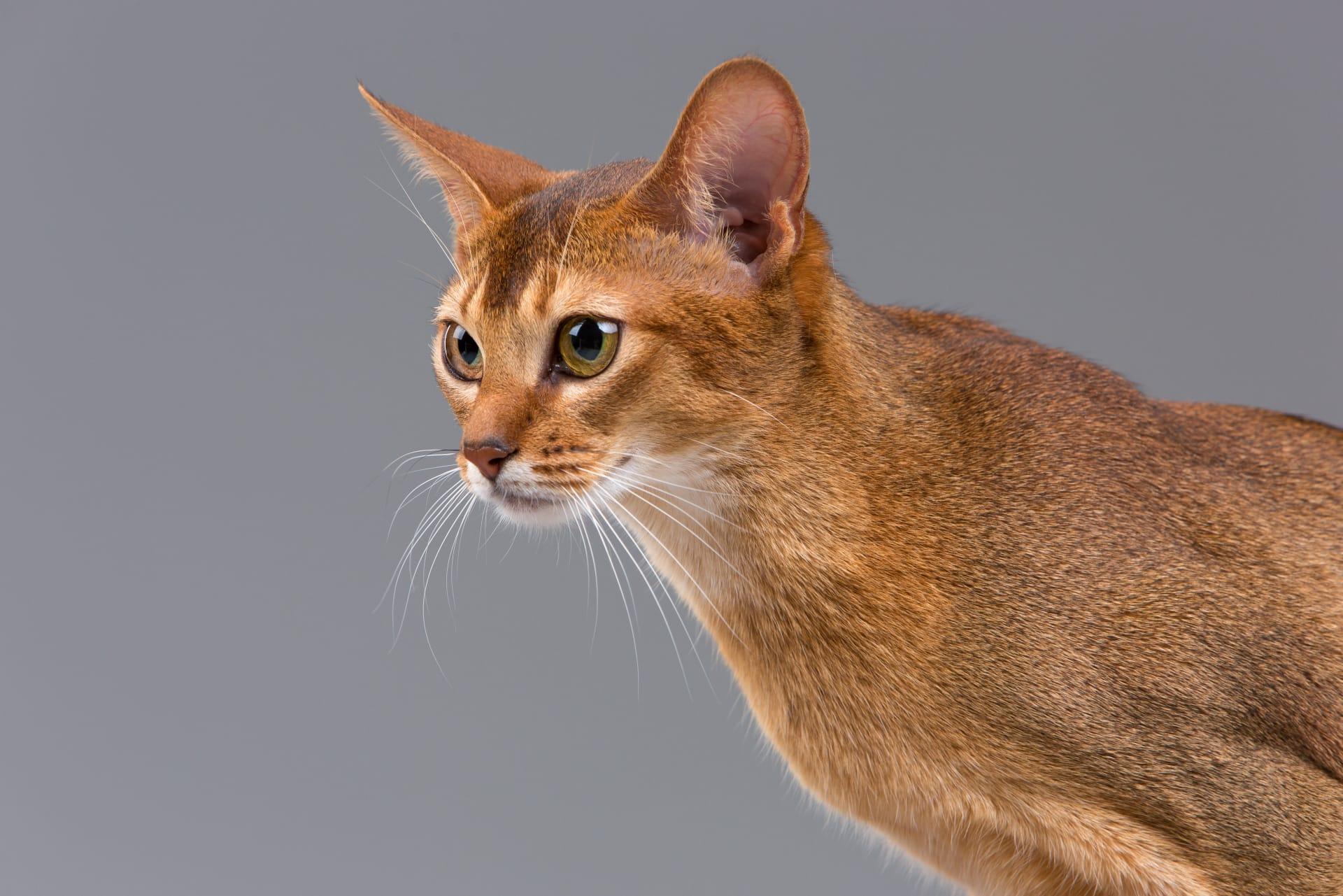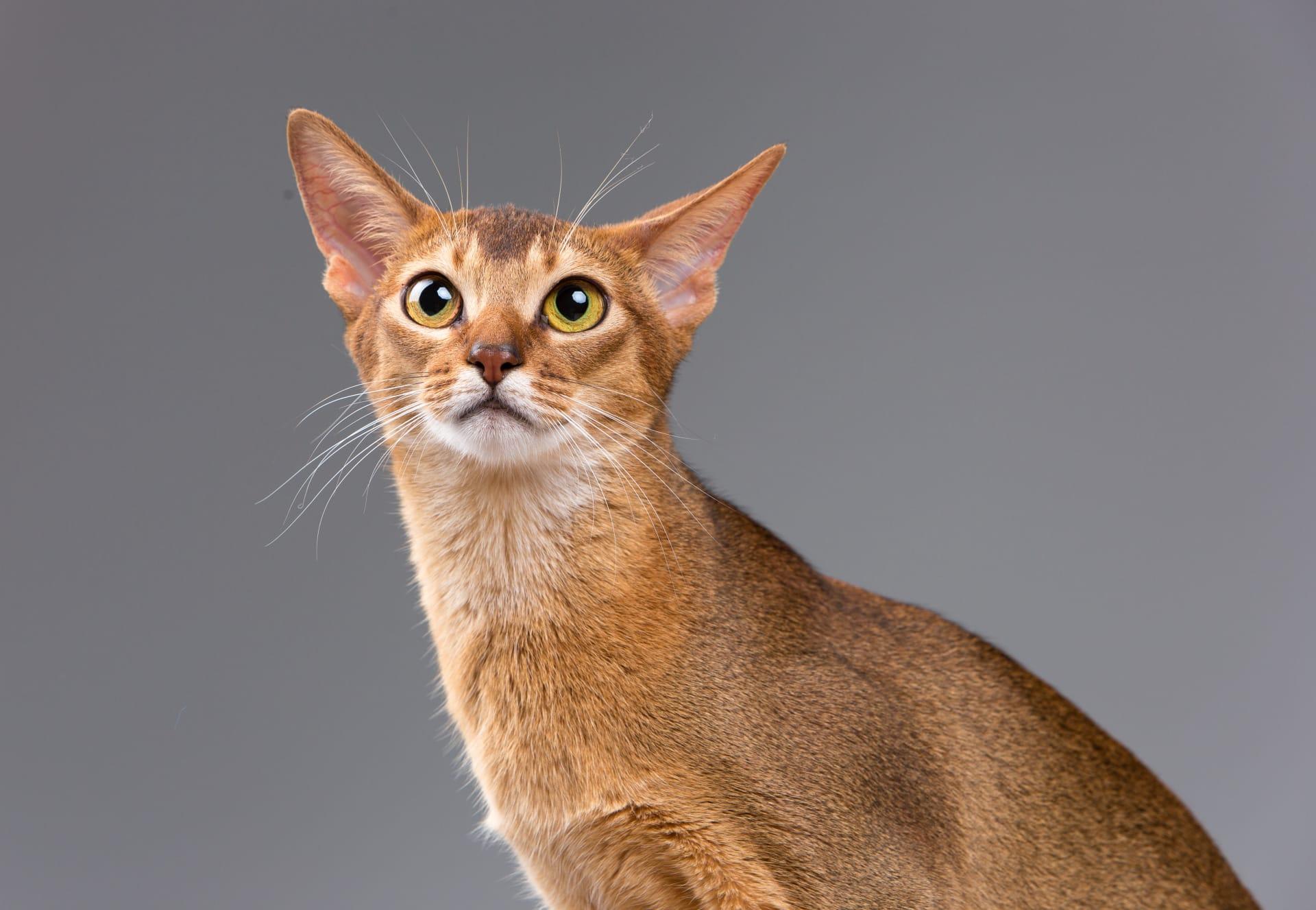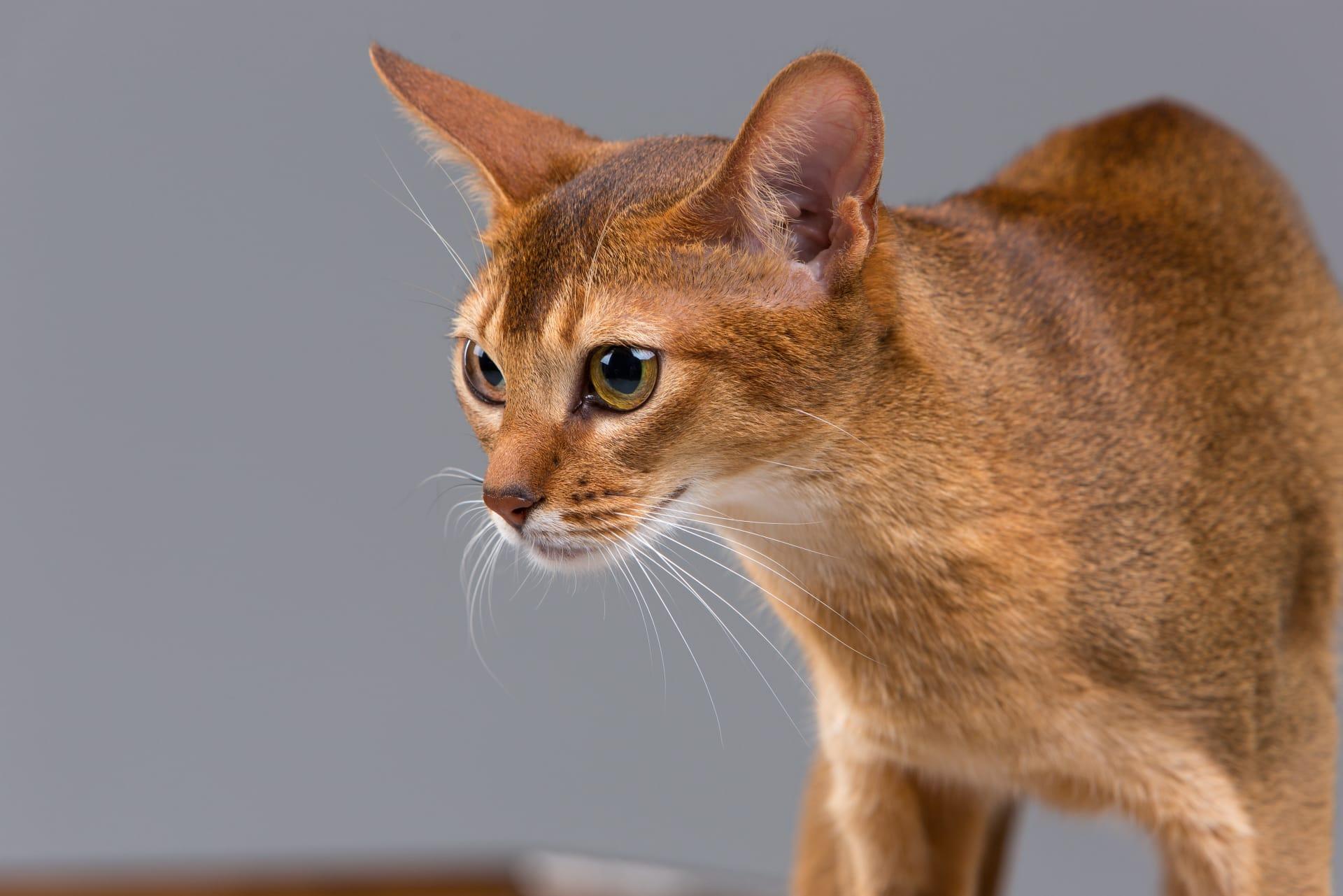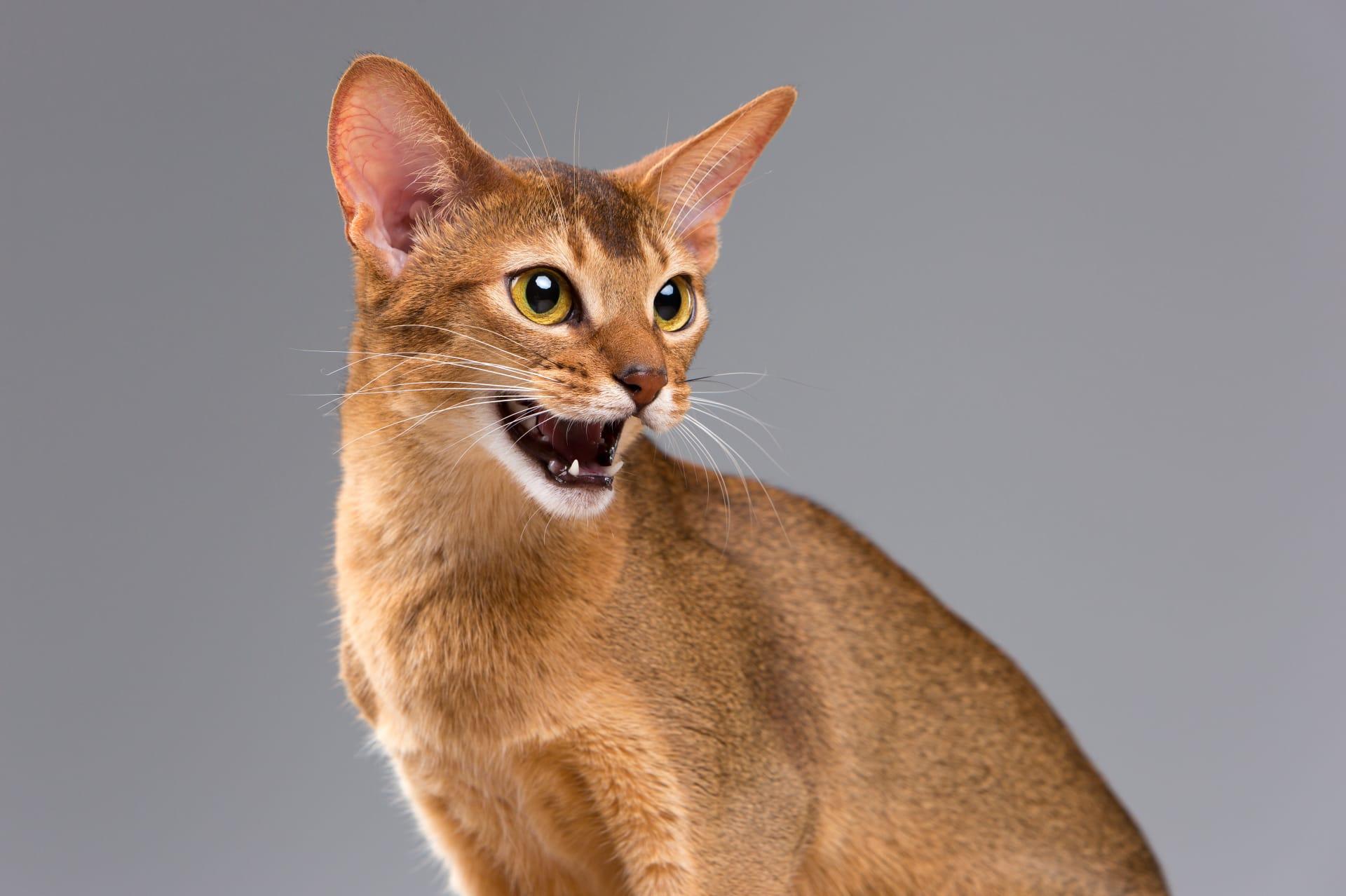Abyssinian Cat Trivia
- Home /
- Trivia Question /
- Animal /
- Abyssinian Cat Trivia
1
Question: What is the origin of the Abyssinian Cat, and how did it get its name?
Answer: The Abyssinian Cat, often thought to have originated from Ethiopia (formerly Abyssinia), actually has a more complex history. Genetic studies have traced its lineage back to the coastal regions of the Indian Ocean and parts of Southeast Asia. The breed's name, however, was inspired by the first cats of this type brought to Europe in the 19th century, which were said to have come from Abyssinia. This connection was more romantic than factual, as the breed's exact origins remain somewhat of a mystery.
Question: What are the distinctive physical features of an Abyssinian Cat?
Answer: Abyssinian Cats are known for their slender, muscular bodies, large ears, and almond-shaped eyes, which give them a keen, alert expression. Their most distinctive feature, however, is their coat, which is ticked with multiple bands of color on each hair shaft. This gives them a warm, ruddy appearance, often in shades of cinnamon, fawn, or reddish-brown. Adult Abyssinians typically weigh between 6 to 10 pounds (2.7 to 4.5 kilograms), with males usually larger than females. Their graceful, athletic build complements their energetic and playful nature.

2
Question: Is it true that Abyssinian Cats are aloof and not affectionate with their owners?
Answer: Contrary to the common misconception, Abyssinian Cats are highly social and affectionate creatures. They form strong bonds with their families and often follow their owners around the house, showing curiosity in their activities. Abyssinians are known for their playful and engaging personality, rather than being aloof or distant. They thrive on interaction and enjoy being involved in everything that goes on in their environment.
Question: Do Abyssinian Cats require a special diet due to their breed?
Answer: While Abyssinian Cats do not require a breed-specific diet, they do best on high-quality cat food that supports their high energy levels. It's important to provide a balanced diet rich in protein to maintain their lean muscle mass. Like all cats, Abyssinians should have access to fresh water at all times. Dietary needs can vary based on age, activity level, and health, so consulting with a vet for personalized advice is recommended.

3
Question: How does the Abyssinian Cat's coat color develop as they grow?
Answer: Abyssinian Kittens are born with a dark coat that gradually lightens as they mature. This unique process is due to the ticking pattern in their fur, which develops and becomes more pronounced with age. Typically, the full richness and depth of their coat color are evident by the time they are about two years old. This maturation process adds to their distinctive appearance, making each cat's pattern somewhat unique.
Question: Are Abyssinian Cats good with children and other pets?
Answer: Yes, Abyssinian Cats are known for their friendly and playful nature, making them excellent companions for children. They are also generally good with other pets, including dogs, as long as they are properly introduced and socialized from an early age. Abyssinians are adaptable and sociable animals that enjoy being part of a family. Their active and engaging disposition makes them a joyful addition to households with kids and other animals.

4
Question: How long do Abyssinian Cats typically live, and what are common health issues they face?
Answer: Abyssinian Cats have a lifespan of 9 to 15 years, with proper care and regular veterinary check-ups. Common health issues in the breed include gingivitis and periodontal disease, so dental care is important. They are also prone to hereditary conditions such as progressive retinal atrophy (PRA) and pyruvate kinase deficiency (PKD). Regular health screenings and a healthy lifestyle can help manage these risks and contribute to a long, healthy life for an Abyssinian Cat.
Question: What kind of activities do Abyssinian Cats enjoy, and how can owners keep them entertained?
Answer: Abyssinian Cats are highly active and intelligent, enjoying a variety of activities that challenge their minds and bodies. They love interactive toys, puzzle feeders, and climbing structures that allow them to jump and explore. Engaging in playtime with toys that mimic the hunt, like feather wands or laser pointers, can also keep them mentally and physically stimulated. Providing a stimulating environment with plenty of opportunities for play is key to keeping an Abyssinian happy and healthy.

5
Question: Can Abyssinian Cats be trained, and what are some effective training methods?
Answer: Abyssinian Cats are highly trainable due to their intelligence and eagerness to engage with their owners. Positive reinforcement techniques, such as treats and praise, are very effective. They can learn tricks, come when called, and even walk on a leash with patience and consistent training. Starting training sessions at a young age and keeping them short and enjoyable is the best approach to teaching new skills.
Question: How do Abyssinian Cats communicate with their owners, and what are some signs to look out for?
Answer: Abyssinian Cats communicate with their owners through a combination of vocalizations, body language, and behavior. They are not overly vocal, but they do make soft chirps and purrs to express their needs and feelings. Body language such as tail flicks, ear positions, and eye contact can also indicate their mood and desires. Paying attention to these cues can help owners understand their Abyssinian's needs and strengthen their bond.